Treadwear ratings are supposed to help us determine the value of a tire and answer questions like, How long will a tire last? And, Is the tire’s expected life worth its price?
The US Department of Transportation (DOT) established the tire treadwear rating system back in the 1970s to help tire buyers understand the complicated world of passenger vehicle tires. The UTQG (Uniform Tire Quality Grade) rating system for grading tires includes treadwear, as well as temperature and traction, covered in separate posts.
Almost all tires in the United States are UTQG rated. Exceptions include winter tires, spare tires, non-passenger car tires, trailer tires, bicycle tires and some large truck tires. Most passenger vehicle tires are UTQG rated.
Although the intent of UTQG might have been to make tire buying simpler, when you dig into what the ratings mean, you quickly learn that the answer isn’t simple.
In this guide, we explain what treadwear ratings mean and how you should use them to buy tires.
Illustration source: https://www.nhtsa.gov/equipment/tires
First, let’s make sure we understand what we mean when we talk about tread. Tire tread is only part of a tire; it’s the rubber that makes direct contact with the road. As you drive on tires, the rubber slowly wears away — that’s the tread wearing away. Treadwear, then, refers to the expected life of a tire.
What does it mean when a tire is rated 180 or 200 or 400, 500, or 700? Does a higher number mean that the tire is better?
What the tire treadwear number means is how well the tire stood up in tests against a “control set” of tires after being driven 7,200 miles on a government test track. Here’s where the treadwear number’s meaning gets a little murky.
Even though the US government requires tires to be UTQG rated, the government doesn’t assign the ratings, nor do they actually conduct the tests to assign numbers.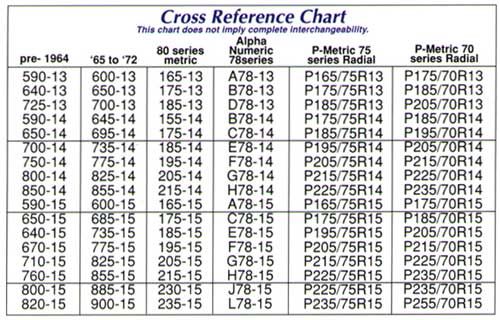 Manufacturers test and rate their own tires, and they submit reports to the US DOT’s National Highway Traffic Safety Administration (NHTSA).
Manufacturers test and rate their own tires, and they submit reports to the US DOT’s National Highway Traffic Safety Administration (NHTSA).
UTQG treadwear rating means that the manufacturer took the tires to a testing facility, put it on a test vehicle and measured it against a standard tire with a 100 treadwear rating. If a tire is rated 300, that means it is expected to wear three times faster than the 100-UTQG rated tire.
How does that translate to miles? It doesn’t.
Tire tread rating simply means that when a tire was tested against a control tire, its tread wore two, three, four or more times slower than the standard it was tested against.
Is there a connection between treadwear and mileage? If a tire is marked with 480 treadwear, how many miles will it get? No tire dealer worth its weight in rubber will tell you how many miles any tire will get. There are many factors that affect a tire’s expected life in terms of mileage.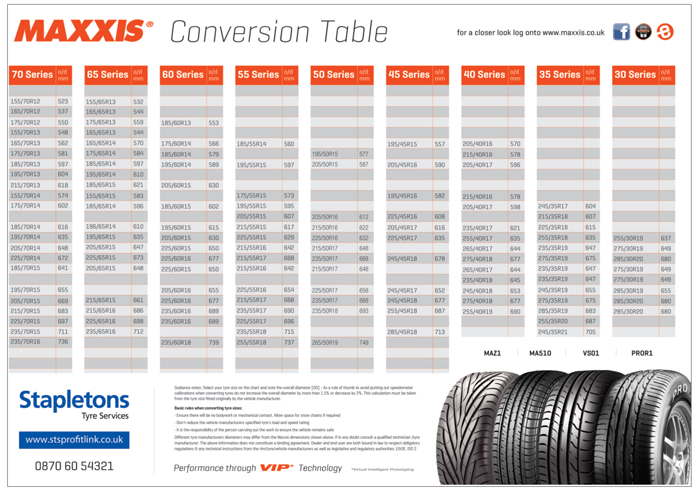
Treadwear can be affected by five factors:
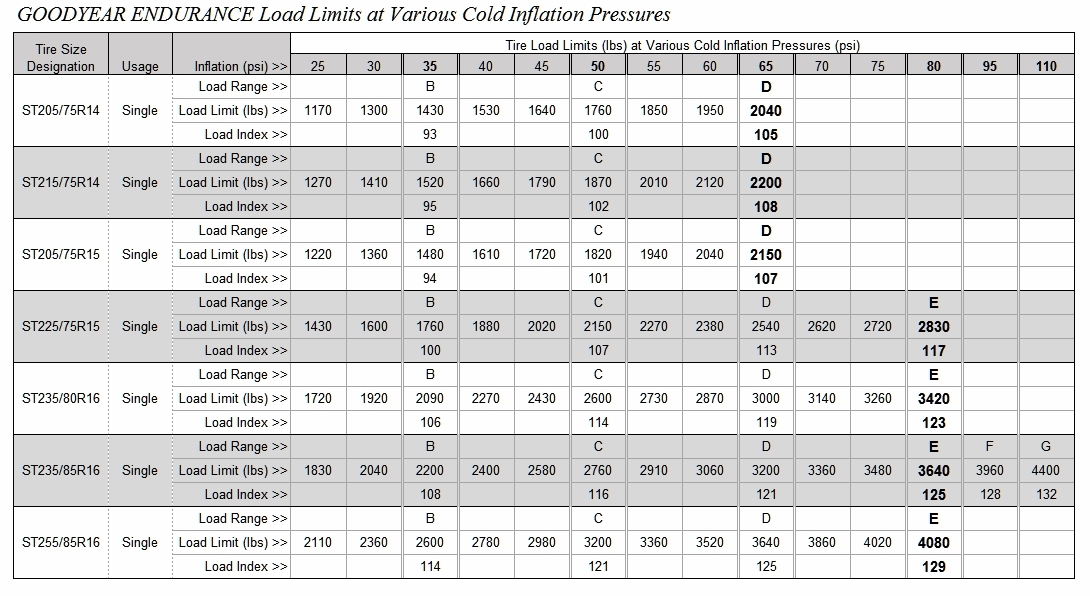
That said, you can look at a manufacturers’ warranty to determine how long the tire MIGHT last. Generally speaking, a tire with a higher warranty (80,000 miles versus 25,000 miles) suggests that the manufacturer expects the tire to last longer.
A good treadwear rating depends on the tread type. In the following section, we analyzed a database of more than 67,000 makes, models and tread types of tires to compile a list of average UTQG treadwear ratings for 20 categories of tires.
The highest treadwear rating is 860, for Hankook Kinergy PT H737 touring all season tires. Does that mean these are better tires than, say, Michelin Defender T+H which has a UTQG rating of 820? Both are quality all season tires that reduce hydroplaning, handle well and reduce road noise. The Michelin Defender T+H tends to have a better wet braking distance than Hankook; however, Hankook tends to do better with rolling resistance than the Michelins.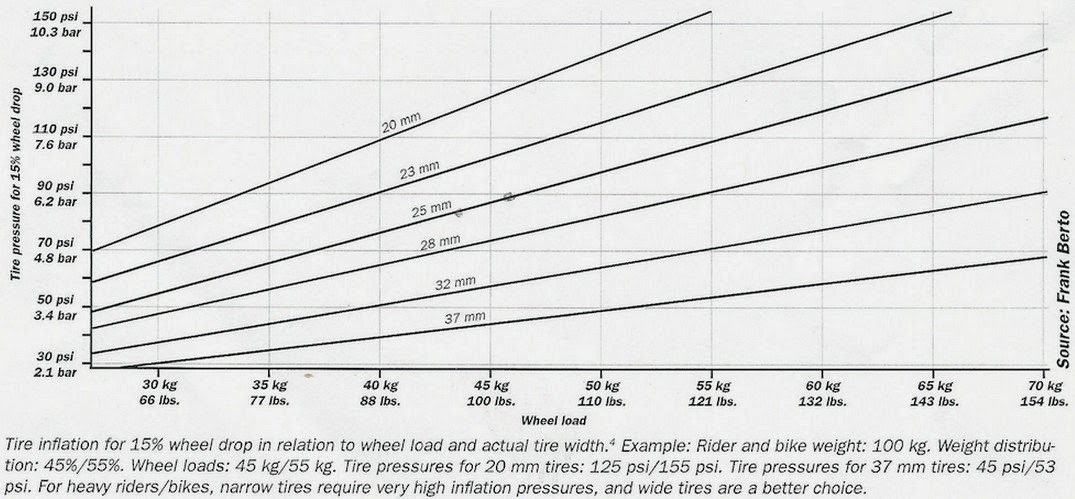
So, what does that mean? When comparing treadwear of 860 to 820, you’re likely splitting hairs. You’re going to get a good all season touring tire from both models; it just depends on what is most important AND whether your size is available! Hankook’s Kinergy PTs have more sizes to choose from than Michelin’s Defenders.
This tire treadwear rating chart is organized by the tire tread type (all season and winter, for example) and the average UTQG treadwear in each category. We’ve also included the lowest UTQG rating in the category and the highest to give you an idea of the range of ratings in every category.
| TREAD TYPE CATEGORIES | AVERAGE UTQG TREADWEAR | LOWEST UTQG TREADWEAR | HIGHEST UTQG TREADWEAR |
| All Season | 504 | 180 | 820 |
| All Terrain | 506 | 320 | 680 |
| All Terrain All Season | 546 | 300 | 680 |
| All Weather | 509 | 400 | 700 |
| Highway All Season | 428 | 300 | 500 |
| Highway Terrain | 480 | 480 | 480 |
| Highway Terrain All Season | 632 | 420 | 740 |
| Highway / Regional | 600 | 600 | 600 |
| Mud Terrain | 413 | 380 | 420 |
| On / Off Road | 474 | 320 | 600 |
| Passenger All Season | 554 | 240 | 680 |
| Performance All Season | 429 | 140 | 760 |
| Performance Summer | 264 | 30 | 500 |
| Performance Touring All Season | 509 | 320 | 700 |
| Summer | 323 | 60 | 560 |
| Touring All Season | 546 | 140 | 860 |
| Touring Summer | 392 | 140 | 640 |
| Winter | 500 | 500 | 500 |
Does that mean a treadwear of 700 is better than a tire that has a treadwear rating of 180, for example? Yes and no.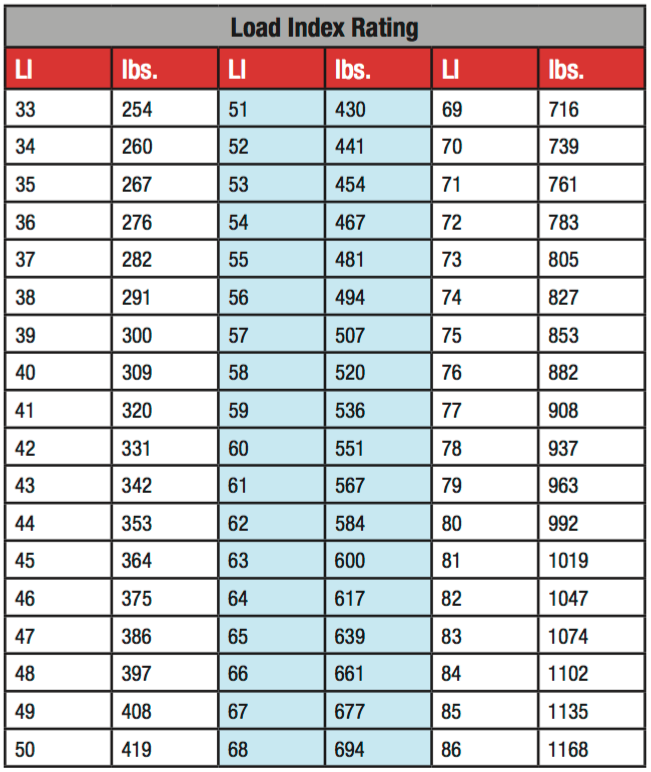 A tire that is treadwear rated 700 means that it far outlasted the tires against which it was tested. It is expected to last 7 times longer than a 100-UTQG treadwear-rated tire.
A tire that is treadwear rated 700 means that it far outlasted the tires against which it was tested. It is expected to last 7 times longer than a 100-UTQG treadwear-rated tire.
How does a treadwear rating of 250 compare to a treadwear rating of 500? The 500 is expected to last twice as long, so to speak, as the 250. Why would anyone buy a tire with a low treadwear rating? Some tread types are designed for very specific uses or types of driving.
For example, some street-legal racing tires have very low treadwear ratings. This is because racing tires are designed not for longevity but for performance and speed.
Beware of any treadwear mileage chart that lists the various treadwear ratings (0 to over 800) alongside predicted expected miles. Manufacturers do not say how many miles a tire will last, because tire mileage depends on not only the tire’s materials but also your driving habits, climate and road conditions, and how well you care for your vehicle and its tires.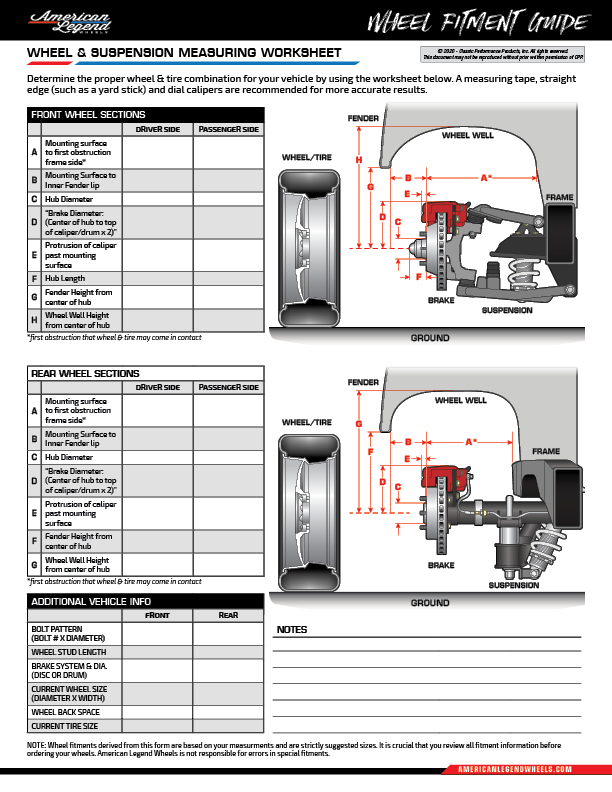
To find tire wear rating codes, enter the make, year, and model of your vehicle, and Tire Agent’s tire matching technology will recommend several tire options. As you compare tires, select the SPECIFICATIONS tab. Here you’ll see the treadwear rating.
You can also find tread grade on tires by looking on their sidewalls. Look for the TREADWEAR marking, which should look something like the illustration below (360).
Evaluate your tire purchase based on the manufacturers’ descriptions, their mileage warranties, the intended use of the tires, and also other customers’ feedback on the tires. Use Tire Agent to find tires for your vehicle, and then use our easy financing tool to get immediately approved for your tire purchase. We’ll ship your tires to your home or to your local tire installation garage.
And if you have questions, you can always reach us by phone, email or live chat.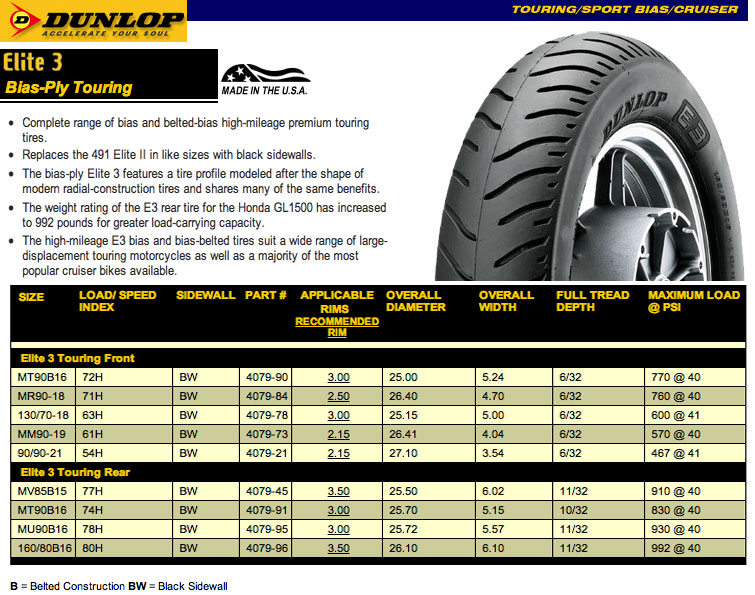
You have been on your favorite tread for some time now and hit the neighborhood U-turn as always. This time you noticed a slight difference in the standard traction you usually experience. You stop and think, and realize you are getting close to the DOT Rated mileage (TreadWright is 40,000 Miles DOT). It is time to check your tread depth.
On your typical Mud Terrain and All Terrain Tires, the chart below is a good standard to go by
However, if you drive Truck Tires in wet/rainy conditions you should consider replacing your tires when they reach 4/32" of remaining tread depth. This is because water cannot be compressed with low tread depth. Instead, your tires should have significant tread depth to compress the water so it can evade through the tire grooves. If water cannot pass through the tire grooves, the tires will lose traction and increase the possibility of your truck losing control or being stuck off road.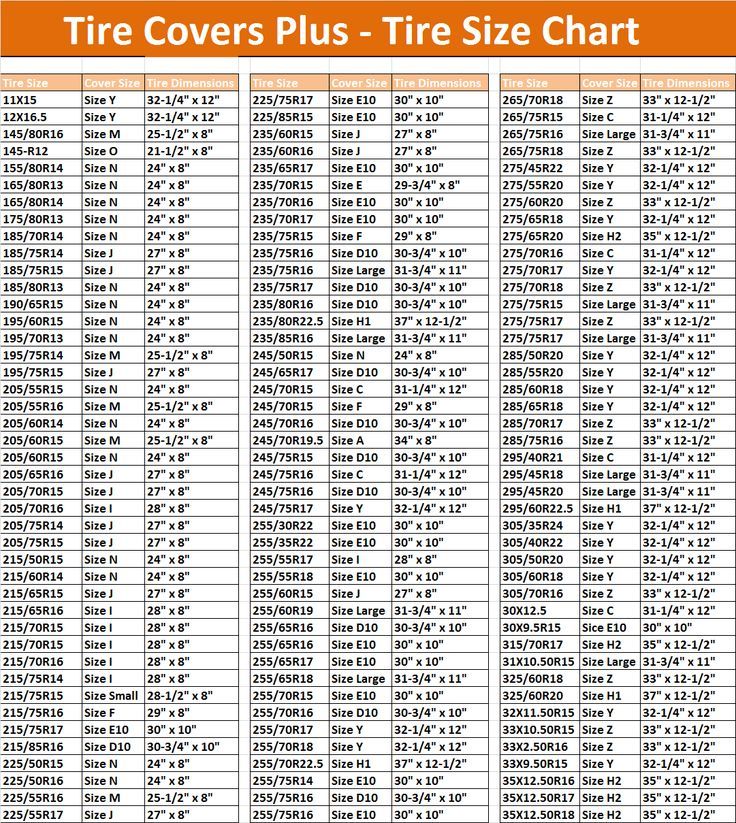
For snowy conditions, we recommend keeping a close eye on your tread. One could argue that replacing every 6/32" of remaining tread is good practice to ensure the maintenance of great mobility and traction. As you would assume, snowy conditions need deep tread depth because the tire will compress the snow into the grooves and releases it as the vehicle thrust. Historically, TreadWright Tires have performed well in the snowiest of conditions from snow plowing to blizzard storms. Overall, TreadWright takes pride in their tires handling the toughest conditions.
Irregular wear of your tires can be frustrating causing an unpleasant ride, minimized tire performance and tough steering scenarios.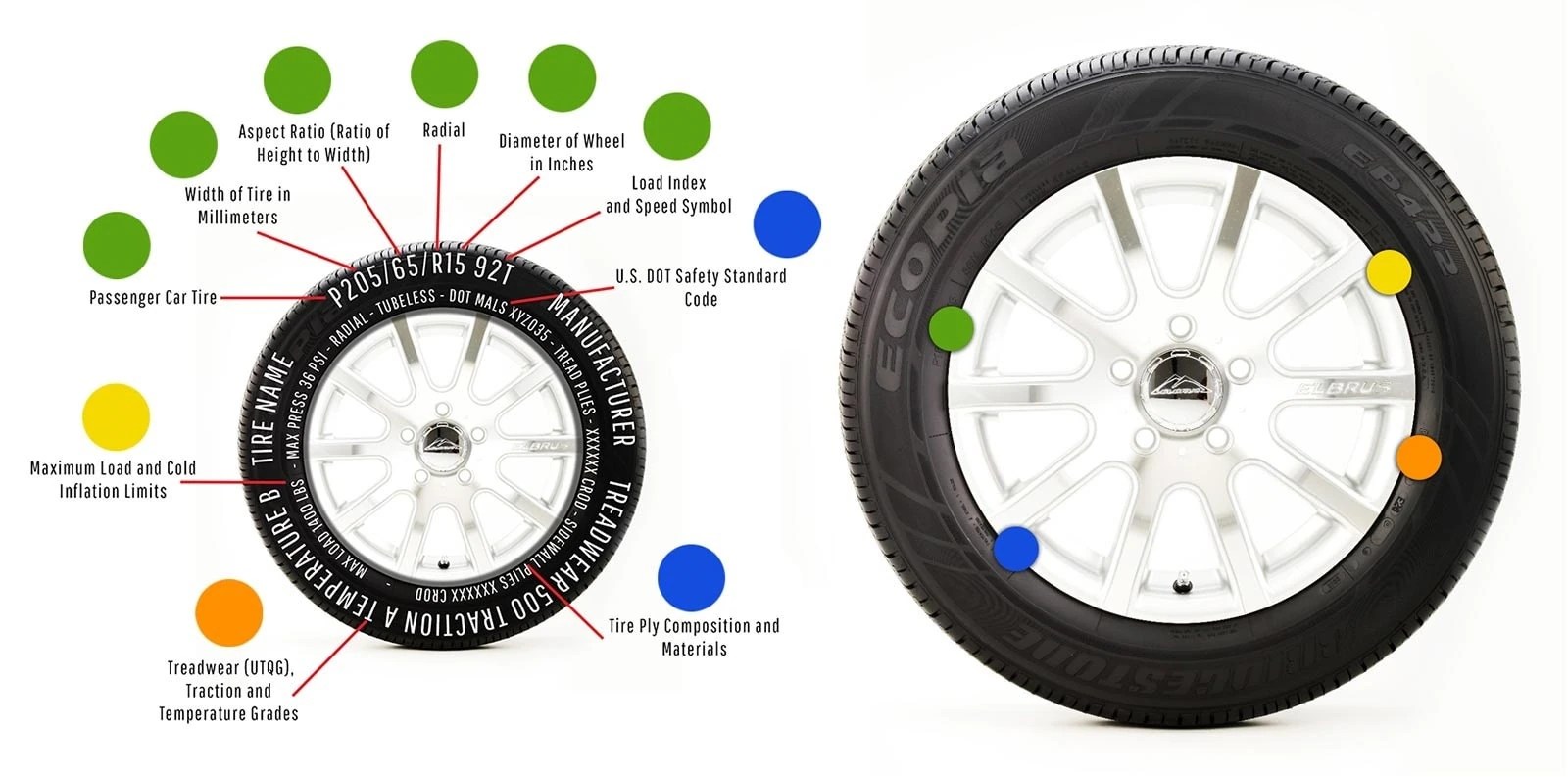 Below are some variables that can cause a tire to wear.
Below are some variables that can cause a tire to wear.
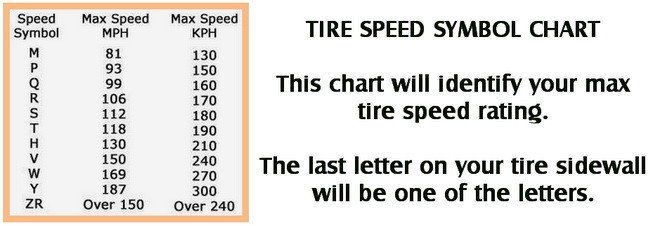 Central wear can compromise the traction and braking; ensure you check with your manufacturer for the recommended air level.
Central wear can compromise the traction and braking; ensure you check with your manufacturer for the recommended air level.Buy New Tires Now
The Penny Test: Who said a Penny can't buy you anything? In this case, it can buy you peace of mind. Simply insert a penny into your tire's tread groove with Lincoln's head upside down and facing you.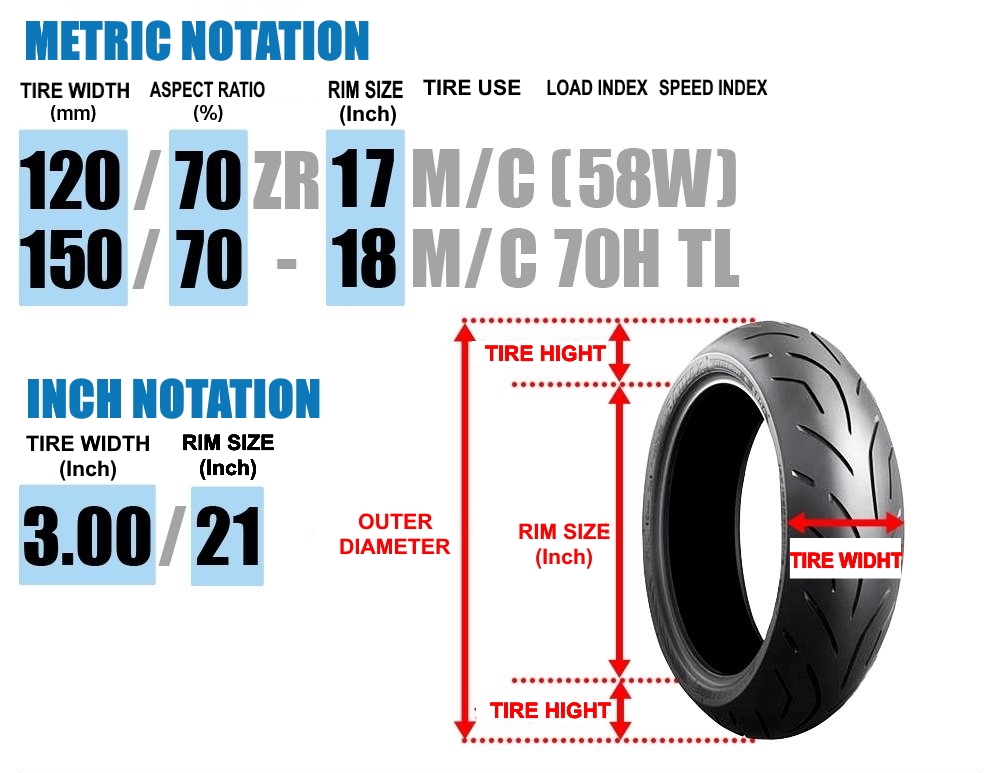 If you can see all of Lincoln's head, your tread depth is less than 2/32" and it's time to replace your tires.
If you can see all of Lincoln's head, your tread depth is less than 2/32" and it's time to replace your tires.
The Quarter Test:
Another easy coin test is the quarter test. Insert a quarter into your tread groove. If the tread touches Washington's head, you have at least 4/32" of tread remaining.
The Indicator Bar:
Another way to check tread depth is to look at the treadwear indicator bar that's molded into our some of our TreadWright Tires. The bars are located at the bottom of the tread grooves in several locations around the tire. When these bars become visibly flush with the adjacent ribs the tire has no more than 2/32" of tread remaining.
US Coins work great for an educated estimate, but to truly get an accurate measure we recommend using a certified tire tread gauge that can be found at any automotive retail shop.
Do you want to choose a tire for your car, but do not understand tire markings well? It's not a problem! In this section, we will help you figure out what tire parameters are, what they mean, and which tire is right for your car.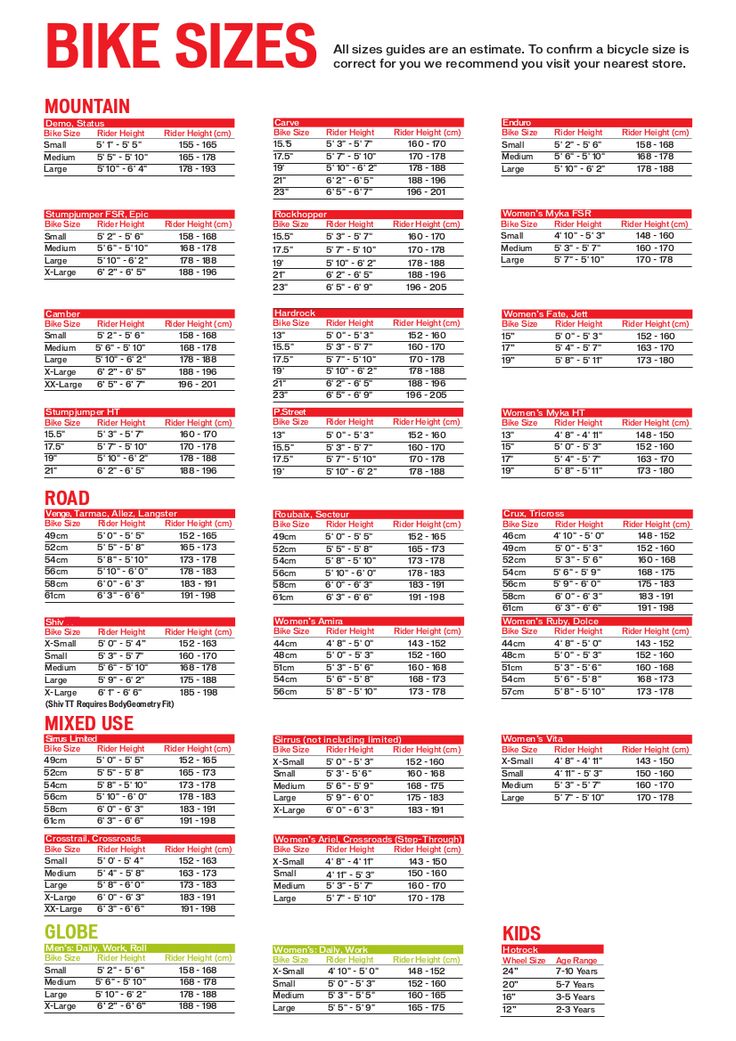
Select tires / tire catalog
195/65 R15 91 T XL
195 is the tire width in mm.
65 - Proportionality, i.e. profile height to width ratio. In our case, it is equal to 65%. Simply put, with the same width, the larger this indicator, the higher the tire will be and vice versa. Usually this value is simply called “profile”.
Since the tire profile is a relative value, it is important to take into account when choosing rubber that if you want to put tires with a size of 205/65 R15 instead of the size 195/65 R15, then not only the width of the tire will increase, but also the height! Which in most cases is unacceptable! (except when both of these sizes are indicated in the car's operating book). You can calculate the exact data on changing the outer dimensions of the wheel in a special tire calculator.
If this ratio is not specified (for example, 185/R14C), then it is equal to 80-82% and the tire is called full profile.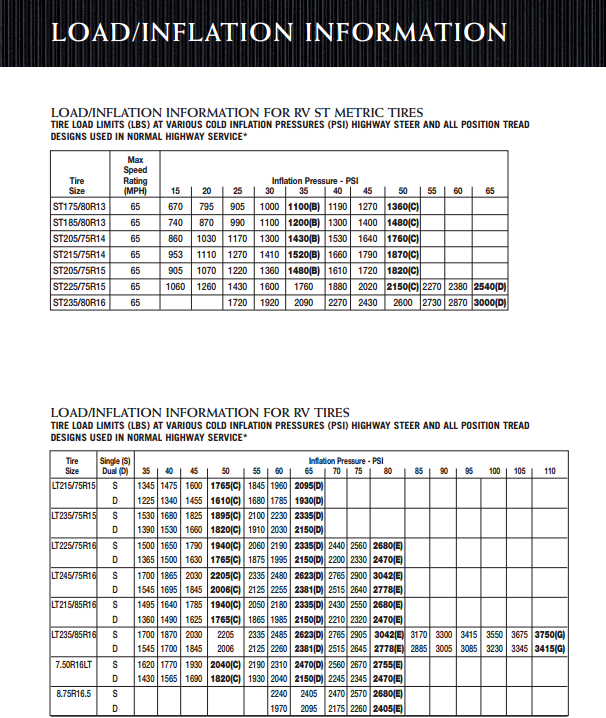 Reinforced tires with this marking are usually used on minibuses and light trucks, where a large maximum wheel load is very important.
Reinforced tires with this marking are usually used on minibuses and light trucks, where a large maximum wheel load is very important.
R - means a tire with a radial cord (in fact, almost all tires are made this way now).
Many mistakenly believe that R- means the radius of the tire, but this is the radial design of the tire. There is also a diagonal design (indicated by the letter D), but recently it has practically not been produced, since its performance is noticeably worse.
15 - wheel (rim) diameter in inches. (It is the diameter, not the radius! This is also a common mistake). This is the “landing” diameter of the tire on the disk, i.e. is the inside size of the tire or the outside of the rim.
91 - load index. This is the level of maximum permissible load on one wheel. For passenger cars, it is usually done with a margin and is not a decisive factor when choosing tires (in our case, IN - 91 - 670 kg.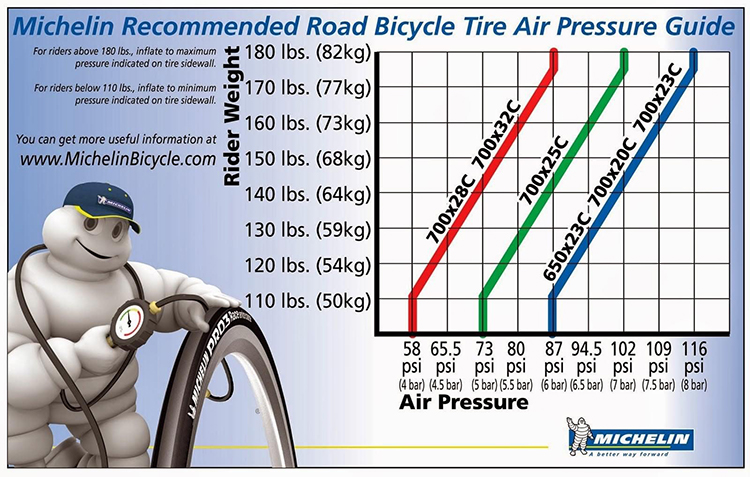 ). For minibuses and small trucks, this parameter is very important and must be observed.
). For minibuses and small trucks, this parameter is very important and must be observed.
T is the tire speed index. The larger it is, the faster you can ride on this tire (in our case, IS - H - up to 210 km / h). Speaking about the tire speed index, I would like to note that with this parameter, the tire manufacturer guarantees the normal operation of the rubber when the car is constantly moving at the specified speed for several hours.
There are two different American tire markings. The first one is very similar to the European one, only the letters “P” (Passanger - for a passenger car) or “LT” (Light Truck - light truck) are placed before the size. For example: P 195/60 R 14 or LT 235/75 R15. And another tire marking, which is fundamentally different from the European one.
Example: 31x10.5 R15 (corresponds to European size 265/75 R15)
31 is the outside diameter of the tire in inches.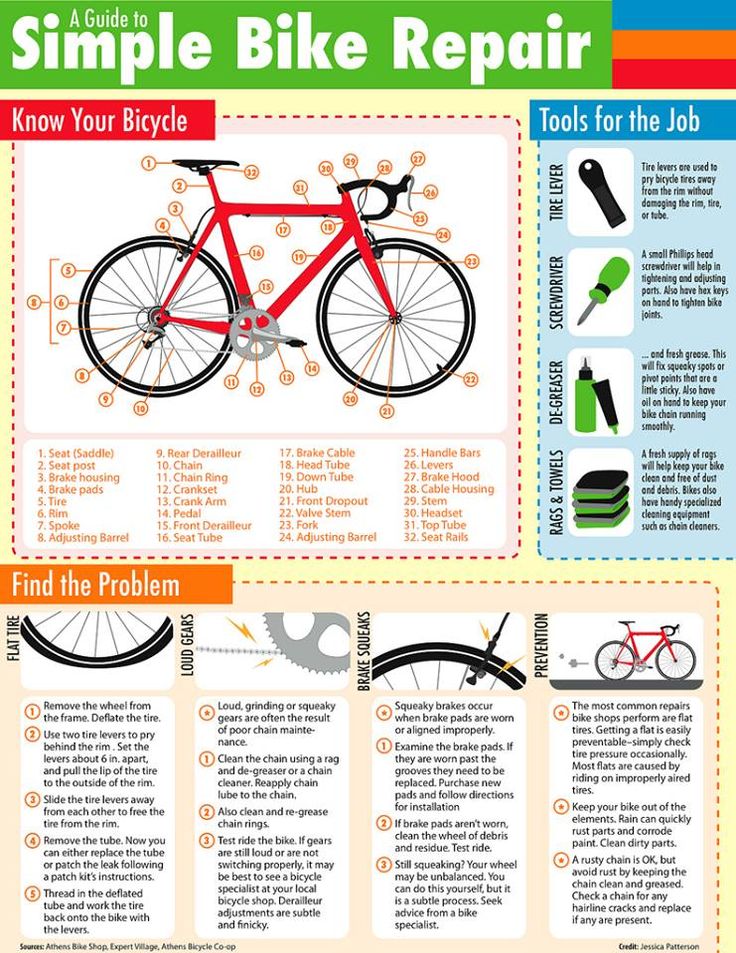
10.5 is tire width in inches.
R - a tire with a radial design (older tire models were with a diagonal design).
15 is the inner diameter of the tire in inches.
Generally speaking, except for inches that are unusual for us, the American tire marking is logical and more understandable, unlike the European one, where the height of the tire profile is not constant and depends on the width of the tire. And here everything is simple with decoding: the first digit of the standard size is the outer diameter, the second is the width, the third is the inner diameter.
XL or Extra Load is a reinforced tire, the load index of which is 3 units higher than that of conventional tires of the same size. In other words, if a given tire has a load index of 91 marked XL or Extra Load, then this means that with this index, the tire is able to withstand a maximum load of 670 kg instead of 615 kg (see the table of tire load indices).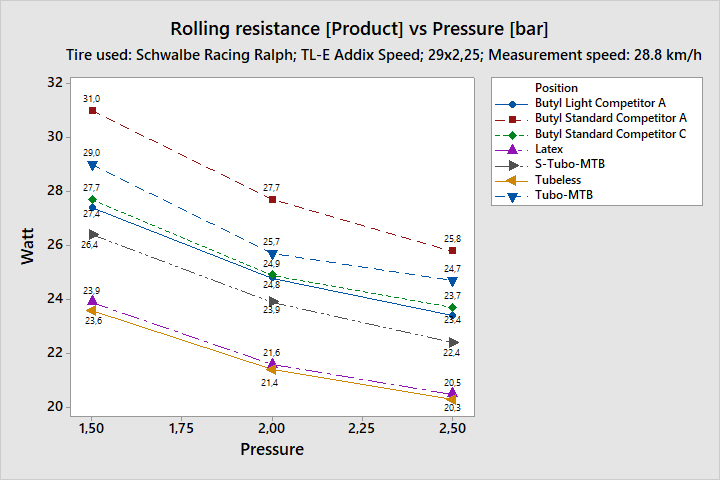
M+S or tire marking M&S (Mud + Snow) - mud plus snow and means that the tires are all-season or winter. Many summer tires for SUVs are labeled M&S. However, these tires must not be used in winter, as winter tires have a completely different rubber compound and tread pattern, and the M&S badge indicates good flotation performance.
All Season or AS all season tires. Aw (Any Weather) - Any weather.
Pictogram * (snowflake) — rubber is designed for use in harsh winter conditions. If this marking is not on the sidewall of the tire, then this tire is intended for use only in summer conditions.
Aquatred, Aquacontact, Rain, Water, Aqua or icon (umbrella) Special rain tires.
Outside and Inside ; asymmetric tires, i.e. It is important not to confuse which side is the outside and which is the inside. When installing, the Outside inscription must be on the outside of the car, and Inside on the inside.
RSC (RunFlat System Component) - RunFlat tires are tires on which you can continue to drive a car at a speed of no more than 80 km / h with a FULL tire pressure drop (due to a puncture or cut). On these tires, depending on the manufacturer's recommendations, you can drive from 50 to 150 km. Different tire manufacturers use different designations for RSC technology. For example: Bridgestone RFT, Continental SSR, Goodyear RunOnFlat, Nokian Run Flat, Michelin ZP etc.
Rotation or arrow This marking on the tire sidewall indicates a directional tire. When installing the tire, you must strictly observe the direction of rotation of the wheel, indicated by the arrow.
Tubeless - tubeless tire. In the absence of this inscription, the tire can only be used with a camera. Tube Type - indicates that this tire must be used only with a tube.
Max Pressure ; maximum allowable tire pressure. Max Load - the maximum allowable load on each wheel of the car, in kg.
Reinforced or the letters RF in the size (for example 195/70 R15RF) means that this is a reinforced tire (6 layers). The letter C at the end of the size (for example 195/70 R15C) indicates a truck tire (8 layers).
Radial this marking on the rubber in the standard size means that it is a radial construction tire. Steel means that there is a metal cord in the tire structure.
Letter E (in a circle) - the tire meets the European requirements of ECE (Economic Commission for Europe). DOT (Department of Transportation - US Department of Transportation) is an American quality standard.
Temperature A, B, or C The temperature resistance of the tire at high speeds on the test bench (A is best).
Traction A, B, or C
Treadwear ; relative expected mileage compared to a specific US standard test.
TWI (Tread Wear Indiration) - tire tread wear indicators. The marking on the TWI wheel can also be with an arrow. Pointers are located evenly in eight or six places around the entire circumference of the tire and show the minimum allowable tread depth. The wear indicator is made in the form of a protrusion with a height of 1.6 mm (the minimum tread value for light vehicles) and is located in the tread recess (usually in the drainage grooves).
The marking on the TWI wheel can also be with an arrow. Pointers are located evenly in eight or six places around the entire circumference of the tire and show the minimum allowable tread depth. The wear indicator is made in the form of a protrusion with a height of 1.6 mm (the minimum tread value for light vehicles) and is located in the tread recess (usually in the drainage grooves).
DOT - Manufacturer's coded address, tire size code, certificate, issue date (week/year).
Find tires / tire catalog
07.07.2021
Before each owner of the vehicle there is a question of acquiring new disks and tires. Some use an alternative, others prefer the basic sizes. In order to correctly determine the choice of tires for disks and vice versa, you should have information regarding the parameters of these data for a car.
If you install wheels and tires with the wrong parameters, this will adversely affect the control and provoke rapid wear of the chassis. Let's take a look at how to choose the right tires together.
Let's take a look at how to choose the right tires together.
The sidewall of any tire is a place with a huge set of numbers and inscriptions. Despite their abundance, it is necessary to understand that each of the inscriptions has specific information. What is M+S or snowflake icon? Why is there an indication of "outside" or "inside" on the sidewall? What does the Continental or Michelin branding mean? First of all, let's start with the size of the wheels, disk 16, 17, 18, but we will name the most common: 195/65 R 15 91 T.
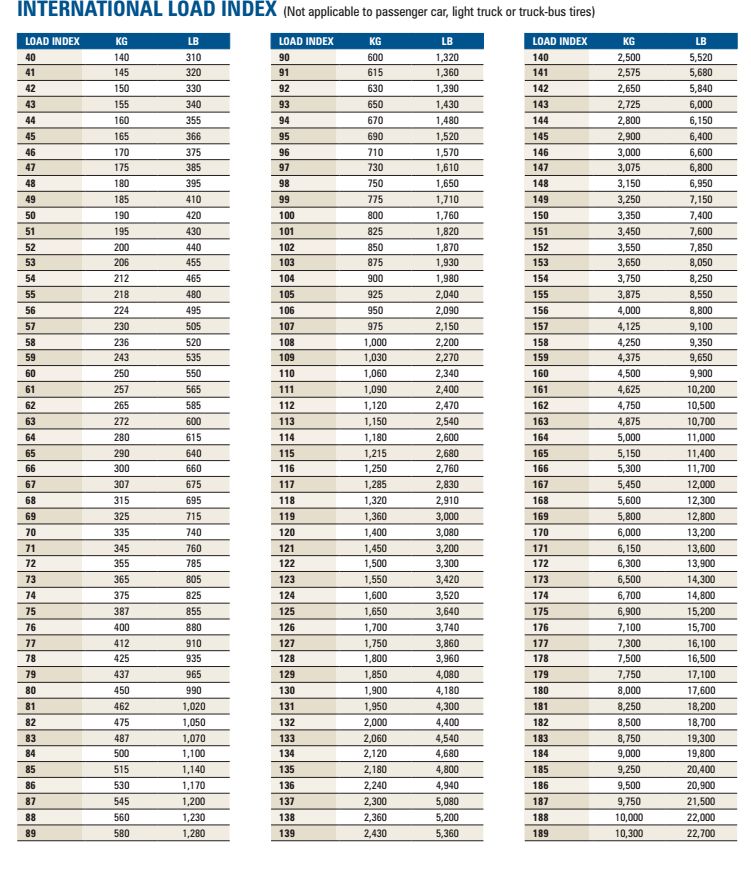
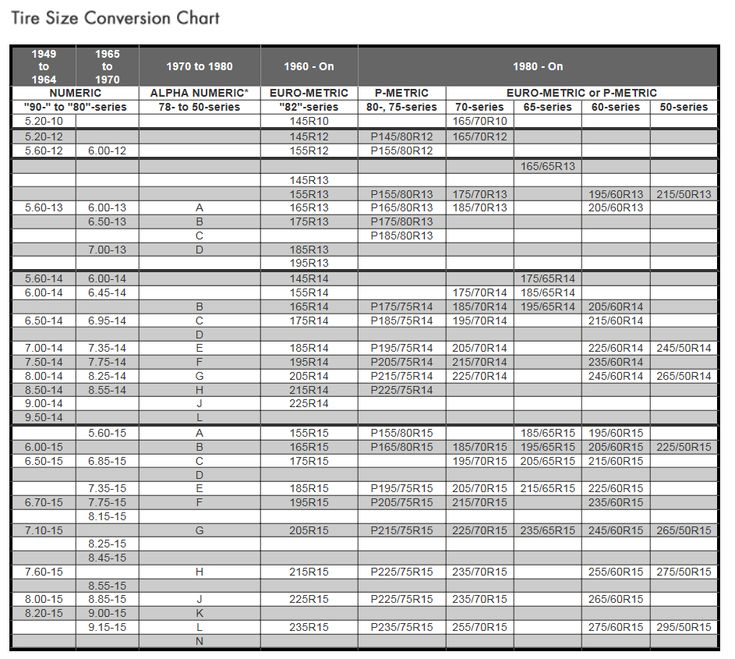 It's just that the manufacturer does not recommend constantly exceeding the set speed.
It's just that the manufacturer does not recommend constantly exceeding the set speed. The use of wheels and tires with the wrong parameters will adversely affect handling, as well as accelerate the wear of the running component of the machine. The tire and wheel chart will help you understand which tires to buy. You will find in the table tire sizes, designation and wheel features.
A tire is put on the rim of the disc, so the width of the base of the tire must match the base of the tire. Recently, the installation of enlarged disks has been in demand, but manufacturers oppose this approach. With a significant difference between tires and discs, the supporting surface will be uneven, as a result, it will be difficult to drive vehicles. Compliance of tires and wheels must be carefully studied:
